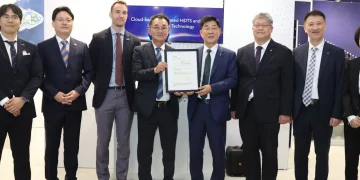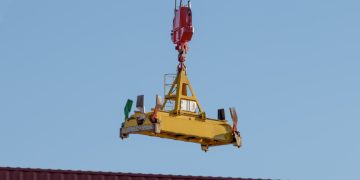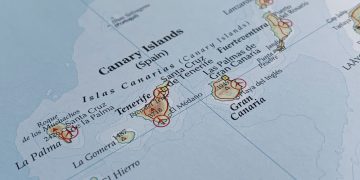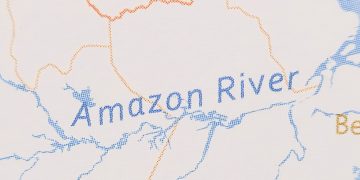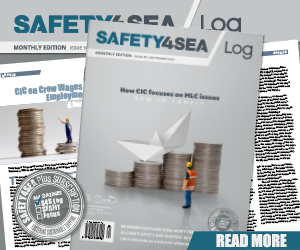IMO Sub-Committee on Radiocommunications and Search and Rescue
United Nations’ International Maritime Organization (IMO) held a meeting in the Sub-Committee on Radiocommunications and Search and Rescue (COMSAR 16). The meeting was held at the IMO headquarters in London on 12-16 March 2012.
The meeting focused especially on the work revising and modernizing the GMDSS system, which stipulates regulations and standards for maritime distress and safety communication. The GMDSS system has been operative for about 20 years, and technological developments have meant that, at the COMSAR session held in 2010, it was decided to start pre-investigating the need for modernizations. During the pre-investigations, a revision and modernization of the system was considered necessary, which there was also general agreement about at the COMSAR session just held.
Consequently, a work plan for a revision and modernization of the GMDSS system was agreed upon, and this work is planned to be finalized in 2017. Furthermore, it was decided to re-establish a correspondence group, which is to continue the ongoing work until the next COMSAR session that will be held in 2013.
A joint working group at the IMO and the International Telecommunication Union (ITU) will, in addition, consider the revision of the GMDSS system at a meeting to be held this autumn.
Guidelines for future providers of GMDSS satellite services
In connection with the pre-investigations on a revision and modernization of the GMDSS system, it was found that there was a need to draw up guidelines for future providers of GMDSS satellite services. At present, there is one single provider of satellite services for the maritime GMDSS system. This service provider covers worldwide, except for the polar areas. In addition, one provider is currently considering applying for approval to cover a regional area for satellite services in the GMDSS system.
It is important for maritime safety that a private satellite provider is technically and operationally robust. At the same time, it is complicated to make an assessment of an applicant, and agreement was reached about new guidelines hereon at the meeting. The guidelines refer, among other things, to the fact that coming applicants are to be assessed by the International Maritime Satellite Organization (IMSO).
Presentation of a possibly coming NAVDAT system
A number of European states presented a new system called NAVDAT for transmitting maritime safety information. The system is an advanced version of the well-known NAVTEX system. NAVDAT will be capable of transmitting large amounts of data both as text and illustrations, such as weather and ice charts. The NAVDAT system transmits in the 500 kHz band, which became vacant after the closure of the maritime radio telegraphy. At the meeting, there was general interest in the system, but it was decided to refer the concept for consideration in connection with the overall revision and modernization of the GMDSS system.
Proposal for distress alarm products outside the GMDSS system
GMDSS establishes systems and procedures for shipping and coastal radio stations ashore in order to ensure that distress calls are always heard and handled in the best possible manner. Consequently, there is some concern that, as time goes by, supplementary equipment will be produced that does not observe the fundamental principles for using equipment in the GMDSS system. Thus, a user risks that a distress call is not heard or perceived as a distress call since often we talk about equipment for personal use that uses frequencies and recordings dedicated for ships. Several of this type of personal alarm and tracking means were discussed at the meeting, but eventually they were referred to more detailed consideration in connection with the revision of the GMDSS system.
Furthermore, there have been examples of distress call applications for smartphones, etc., where the distress calls are not received by the rescue centres because the products do not meet approved standards. At the meeting, a circular was drawn up to inform the rescue centres about this issue.
New guidelines on survival in cold water
A circular with new guidelines on survival in cold water was approved. The guidelines contain the latest knowledge about and experience with survival in cold water and have been developed by a co-operation body consisting of the IMO and the International Civil Aviation Organization (ICAO). The contents of the circular are, among other things, used in manuals for rescue instructions on board ships. It is expected that the circular can enter into force at the turn of the year.
Long Range Identification and Tracking (LRIT)
A working group considered operational issues related to the LRIT system, including error transmissions from ships’ equipment and audits of shore-based data centres.
e-Navigation
The issue of e-Navigation was briefly debated, whereafter the IMO Sub-Committee on Navigation (NAV) is to consider the issue at the coming meeting to held in July this year.
The decisions taken at COMSAR 16 are to be finally adopted at the coming session of the IMO Maritime Safety Committee.
Source: Danish Maritime Authority



















